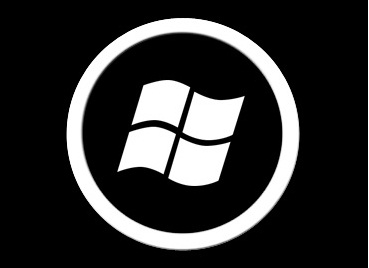Microsoft Updates Windows Phone 7.8 SDK

Developers for Windows Phone 7.8 have received an updated software development kit from Microsoft
Microsoft continues its efforts to expand the lifespan of its old mobile operating system after it released a software development kit (SDK) update for Windows Phone 7.8.
The SDK update for Windows Phone 7.8 adds two new emulator images to the existing Windows Phone SDK installation. This update supports both the Windows Phone SDK 7.1 and the Windows Phone SDK 8.0. Using this update, developers can provide the Windows Phone 8 Start screen experience in their Windows Phone 7.5 apps. They also can test how their apps will run on Windows Phone 7.8 devices.
Live Tile Option
The release is an optional update that adds the two new Windows Phone 7.8 emulator images to existing SDK installations, said Cliff Simpkins, senior product manager for Windows Phone developer experience in a post on the Windows Phone Developer Blog.
“These two emulator images should enable you to fully test how your Windows Phone 7.5 app’s Live Tiles will look and behave when they are run on a device running Windows Phone 7.8,” Simpkins said. “New phones with Windows Phone 7.8 are beginning to ship, so it’s a great time to update your apps to take advantage of the new Live Tile experience and to reach the new markets that Windows Phone 7.8 makes available.”
According to the Microsoft post, the Windows Phone SDK update adds the following capabilities:
- Windows Phone 7.8 emulator: This OS image emulates your app running on a 512MB device with Windows Phone 7.8 (build 8858).
- Windows Phone 7.8 256MB emulator: This OS image emulates Windows Phone 7.8 (build 8858) running on a 256MB device.
- If you’re running a Windows Phone SDK 7.1 installation, the update will also download and install the Windows Phone SDK 7.1.1 update onto your machine as part of the update (again, only applicable to Windows Phone SDK 7.1 installations).
New Tools
However, the update does not change developers’ existing Windows Phone OS 7.1 emulator images, as they can still develop and debug their apps on a phone running the standard Windows Phone 7.5 image. And no new APIs are available to Windows Phone apps in Windows Phone 7.8. Yet any Windows Phone apps built using the Windows Phone SDK with this update installed still target and run on Windows Phone 7.5. This update simply makes it easier to test how your apps appear on devices running Windows Phone 7.8, Simpkins said.
 “After you install the Windows Phone SDK update and fire up your app in one of the new Windows Phone 7.8 emulators, you’ll immediately be greeted by the familiar minimalistic UI experience (all you have is Internet Explorer on the start screen) and Windows Phone 7 device skin,” Simpkins wrote in his post. “And after pinning your app to the start screen, you’ll also notice that 7.8 now provides the option to make your app’s tile smaller. By default, the OS simply shows a smaller version of your standard app tile. To customize the appearance of your small tile, you’ll need to do some additional work.”
“After you install the Windows Phone SDK update and fire up your app in one of the new Windows Phone 7.8 emulators, you’ll immediately be greeted by the familiar minimalistic UI experience (all you have is Internet Explorer on the start screen) and Windows Phone 7 device skin,” Simpkins wrote in his post. “And after pinning your app to the start screen, you’ll also notice that 7.8 now provides the option to make your app’s tile smaller. By default, the OS simply shows a smaller version of your standard app tile. To customize the appearance of your small tile, you’ll need to do some additional work.”
Meanwhile, in a separate post on the Windows Phone Developer Blog, Thomas Fennel, a program manager on the Windows Phone developer tools team, said, “You should use the Windows Phone 8 tools to do your app development. Why? Beyond the fact that the new tools are amazing and make life much easier, it’s because even though you’ll be updating a Windows Phone OS 7.1 app, the Windows Phone 8 tools allow you to deploy that updated app to a Windows Phone 8 emulator. The Windows Phone 8 emulator has the new Tile sizes and templates so that you can test the results of your code.”
Think you know Windows? Try our wonderful Windows quiz!
Originally published on eWeek.